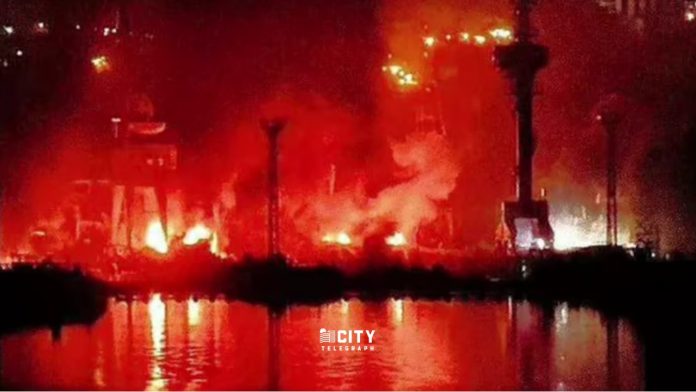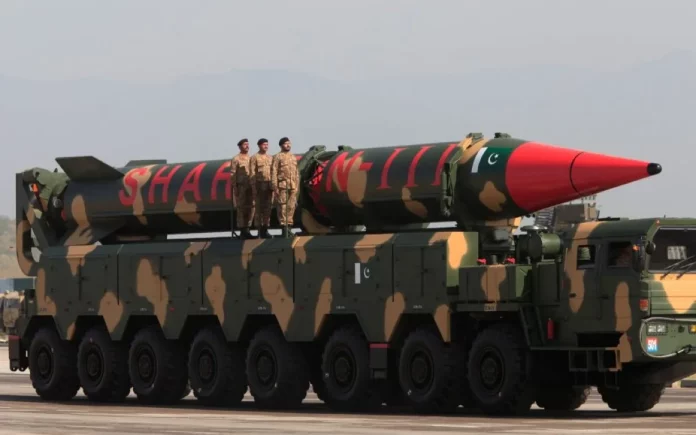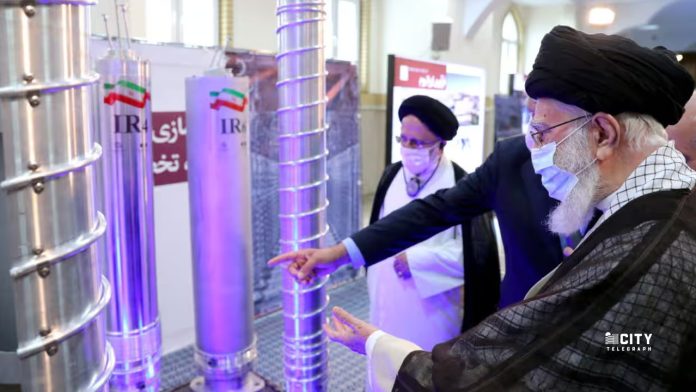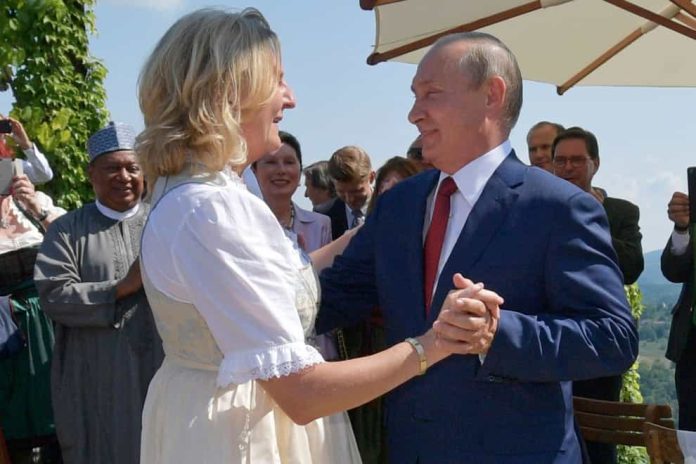Andrey Gurulyov, a State Duma deputy and former deputy military commander, has provided an unprecedented and candid insight into the challenges Russian troops are facing on the front lines. In his detailed account on Telegram, Gurulyov highlights the ever-evolving tactics of the Ukrainian counteroffensive, which Moscow’s forces are grappling to counteract.
A Russian’s Perspective
Gurulyov begins his account by expressing his confidence in a Russian victory. However, he acknowledges a significant hurdle: misinformation and deception.
Shifting Strategies
Overcoming Minefields
In the initial stages, Gurulyov points out that the Armed Forces of Ukraine (AFU) struggled with vast Russian minefields that hindered Kyiv’s counteroffensive. But the enemy has adapted.
Working Through Minefields
Gurulyov notes the enemy’s competence in clearing these minefields using artillery fire and mine rollers.
Squeeze-Out Tactics
Ukraine’s shift from large group attacks to “squeeze-out tactics” is explored. Gurulyov explains the massive use of cluster shells and fire on Russian units.
A Torrent of Ammunition
The Ukrainians have access to a vast arsenal of ammunition and are determined to destroy Russian positions.
Tactical Setbacks
Retreating Russian Forces
In certain areas, Russian forces have been forced to retreat, losing ground up to 10 kilometers. Ukrainian troops have now fortified these defensive positions with their own supplies.
Obsolete Assets
Gurulyov highlights that Russian attack helicopters and artillery are becoming less effective against the evolving Ukrainian strategies.
Adaptations and Challenges
Anti-Tank Missile Challenges
After the Ukrainian counteroffensive, Russian helicopters face difficulties due to enemy MANPADS. The efficiency of Russian helicopters has decreased.
Artillery Warfare
Gurulyov discusses the improvement in Russian artillery’s counter-battery warfare. However, the enemy is adapting by installing guns in inaccessible depths.
Evolving Enemy
The enemy deploys unmanned vehicles effectively, leading to necessary adaptations by Russian forces. Gurulyov details the successful use of air defense systems against enemy UAVs.
The Path Forward
Strength and Courage
Gurulyov emphasizes the strength, courage, and professionalism of Russian troops. He highlights their adaptability and the considerable losses inflicted on the enemy.
Facing Advanced Technologies
While Russia maintains strength, Gurulyov acknowledges that NATO employs advanced technologies in the conflict.
The Ongoing Battle Against Misinformation
In closing, Gurulyov stresses the importance of acknowledging and combatting misinformation, which can lead to poor decisions at various levels.
Recent Ukrainian Victories
Liberation of Andriivka
Recent weeks have seen Ukraine score significant victories, including the liberation of Andriivka near the Russian-held city of Bakhmut.
Ongoing Battles
Despite these victories, tough battles persist, including near the village of Klishchiivka.
Ukrainian Ground Forces’ Achievements
Ukraine’s 3rd Separate Assault Brigade has conducted lightning operations, significantly impacting Russian forces.
Strategic Shifts
Reports indicate that Ukrainian troops have strategically pushed Russian forces out of tactically important towns like Klishchiievka.
Conclusion
Andrey Gurulyov’s candid account offers a unique glimpse into the complexities of the ongoing conflict. Despite the challenges, Russia remains resilient, but the battle against misinformation remains a critical concern.











